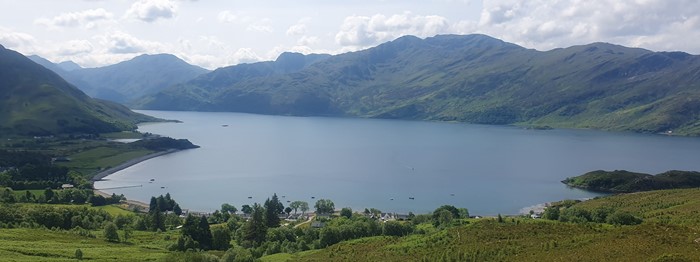Physical Filtration – Media Filters
Physical filters are designed to remove solid particulate material from the water. This could be general debris such as leaves or sediment, or chemical precipitates that have been encouraged to form in the water to enable their removal.
These filters usually consist of a hollow metal, plastic or fibreglass shell filled with loose filter media, resting on a support medium, which is often gravel. They can be up-flow or down-flow and contain several different media layers. The particular media selection can be varied depending upon the particular contaminants requiring
removal. Several filters may be installed in series in order to provide progressive removal of solid material and prevent clogging of subsequent filters or other treatment processes such as ultra-violet disinfection.
Removal of chemical precipitates – iron and manganese
This design of filter is often used for removal of certain chemicals, usually metals, in the water that are present in insoluble form. In some cases the metal may naturally precipitate, and simple filtration will be sufficient, however it is common for a proportion of the metal to be present in reduced, soluble form. This will be
especially true where the water originates from underground and is anoxic. Oxidation may be achieved in a number of ways. Iron may require little assistance and will oxidise readily on contact with the air. Manganese is more stable in reduced form and an oxidising chemical and / or catalyst such as chlorine or potassium
permanganate may be required. Clearly, on small water supplies operated and maintained by non-specialists it will be desirable to use the simplest option and minimise hazards from chemical dosing. Some simple experimentation may be required to determine the optimal oxidation conditions. Clearly, it is desirable to maximise the amount of metal precipitating just prior to the filter – if precipitation occurs too soon, insoluble- material could block pipework; too late and soluble metal could pass through the filter only to precipitate at a later stage and foul a more sensitive downstream treatment process with potentially serious consequences for
any disinfection stage.
Although iron and manganese are the most common, other metals which may be removed by oxidation, precipitation and filtration include chromium (III), Selenium and Arsenic (III). Often, a number of metals are present and co-precipitation can be highly effective. This is especially true for arsenic and iron, and where there is sufficient iron present arsenic will often be removed alongside.
Maintenance
Physical filters will need to be backwashed regularly in order to remove insoluble material that has accumulate don the filter. Inadequate backwashing will result in a rapid deterioration in filter performance and a corresponding loss in water quality and quantity. It is possible to install timer units that will enable backwashes
to be performed automatically, and these are to be recommended where the user of the supply has limited expertise or interest. Any backwash system requires an adequate source of clean water, and this needs to be considered when designing the system. Due to the size and complexity of these systems they are more suited to
point of entry supplies.
Media Filters - What You Need to Know - FAQ
What is Physical Filtration and what does a Media Filter look
like?
Physical filtration is the removal of solid material from the water using a water filter. Media filters are filters containing loose granular media such as sand or grit. Some filters contain more than one type of media. This media is contained within a shell, often made of plastic or fibreglass and about 1.5m tall. There is often a
backwash timer box on top of the filter.
How do these filters work?
Solid material suspended in the water gets trapped on the filter media, mostly on the surface. Clean water passes through the filter onto the next stage of treatment. As the filter gets dirtier, it gets harder to push water through the media and the flow may reduce. Washing the filter by passing water (and sometimes air) back through the media in the opposite direction enables this dirt
to be removed and the filter to be restored to its original condition.
How do these filters remove iron and manganese?
Iron and manganese can cause problems in water supplies because they have a visible impact on the water, stain fittings and clothing and can block ultra-violet disinfection systems and other vital treatment processes. By oxidising these substances, using air or chlorine, they become insoluble and can be removed using media filters. These filters will require a reliable system of backwashing or they will quickly become blocked.
Do I need one of these filters on my private water supply?
If there is not much solid material in the water supply and little iron or manganese (less than about 300 micrograms per litre) of iron, cartridge filters may be adequate and easier to use. Media filters need to be used where there is a significant quantity of sediment in the water or higher concentrations of iron and manganese.
How easy are these filters to look after?
These filtration systems are not complicated, but they do need regular backwashing in order to continue to operate effectively. This is best achieved via a timed mechanism that sits on top of the filter vessel (right) and periodically triggers an automatic backwash by opening and closing the correct valves. If the media has
been in use for a number of years it may require replacement, but this should be left to a specialist contractor.
Further advice on the safe treatment of private water supplies and the- Private Water Supply Grant Scheme may be obtained from the Environmental Health Department of your local authority


